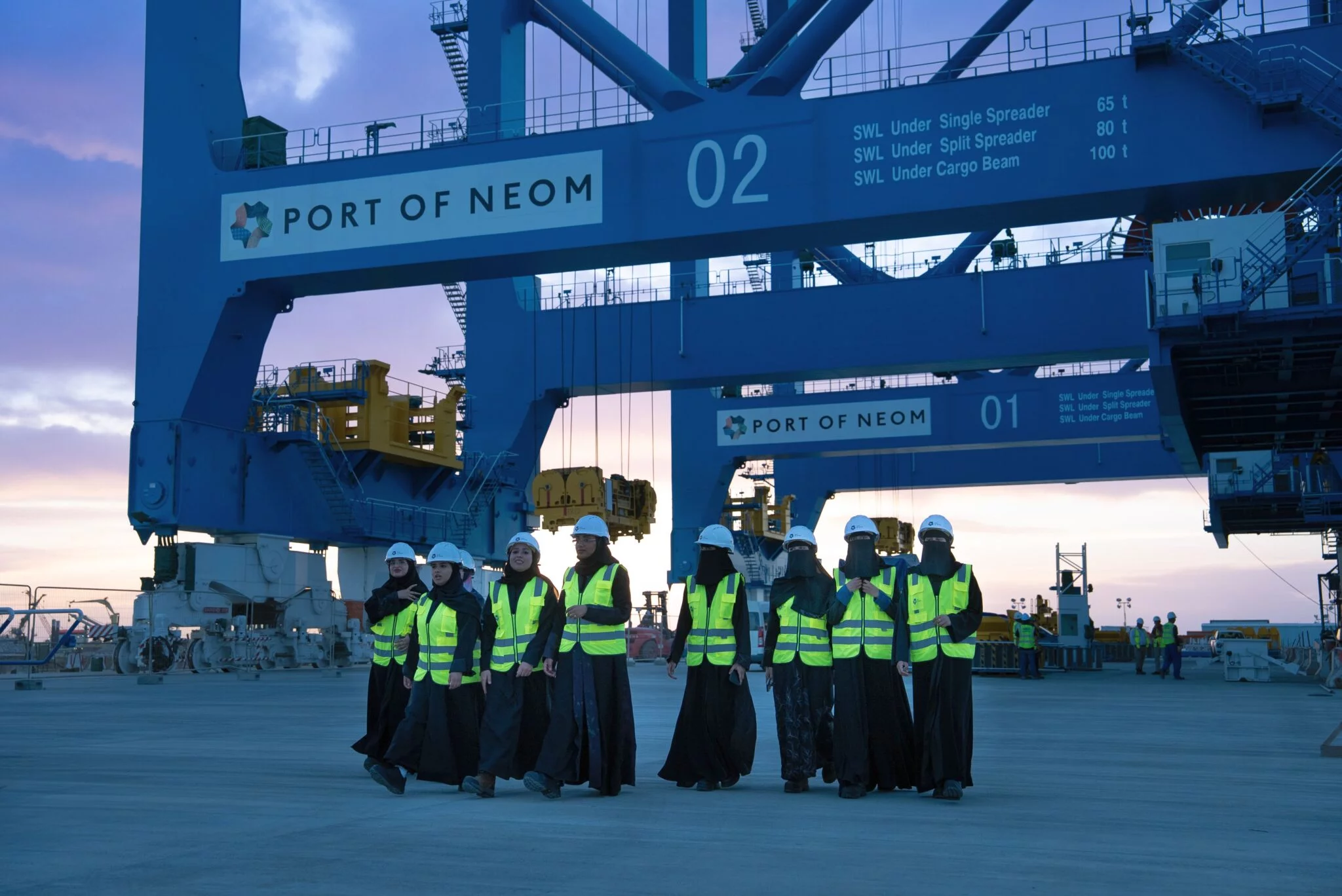A successful pilot initiative, conducted by Port of NEOM and the Logistics Partnership Council, has more than halved the transit time between key regional trading hubs. Conceptualized and developed by Port of NEOM, this landmark initiative capitalizes on a geographic trade opportunity — optimizing both cost and transit efficiency along a strategic intra-regional corridor linking Egypt, Saudi Arabia and Iraq.
As part of the pilot, a shipment traveled through an intermodal corridor spanning over 900 kilometers, from Cairo via the Port of Safaga, across the Red Sea to Port of NEOM and then inland to commercial warehouses in Ebril, Iraq, marking a significant milestone in the Kingdom’s goal of becoming a regional and global logistics hub.
The pilot’s success reflects strong collaboration between public and private sector stakeholders, including the Transport General Authority, Zakat, Tax and Customs Authority (ZATCA), shipowners, major importers and exporters, export councils and logistics companies. Seamless coordination between all parties has ensured high operational efficiency across all stages of transport and handling.
By uniting key players across the supply chain, the initiative delivers a highly effective, integrated and competitive logistics solution — demonstrated by a reduction in transit time of more than 50% on routes from Egypt compared to traditional pathways. This pilot not only highlights the efficiency gains achievable through collaboration but also signals the broader potential to significantly reduce costs and transit times across other regional and global trade corridors. Additionally, the pilot lays the foundation for long-term ambitions and reinforces Port of NEOM’s growing role in advancing Saudi Arabia’s maritime and logistics goals.
Strategically located on the Red Sea and near the Arar border — the key entry point into Iraq — Port of NEOM is uniquely positioned to serve as a vital regional gateway, connecting major global trade routes. By linking critical inland logistics corridors, it facilitates seamless trade flows between Asia, Africa, Europe and the Middle East, unlocking new opportunities for cross-border commerce and economic growth.
Building on the success of the pilot, the corridor demonstrates a scalable model for enhancing inland logistics connectivity within the national ecosystem that can be utilized and further developed through ongoing coordination with the relevant authorities. It paves the way for expanded transit trade and supports the Saudi Vision 2030 goal of building a diversified economy, through the development of a world-class, integrated logistics ecosystem, linking ports, roads and customs centres.
Similar news




